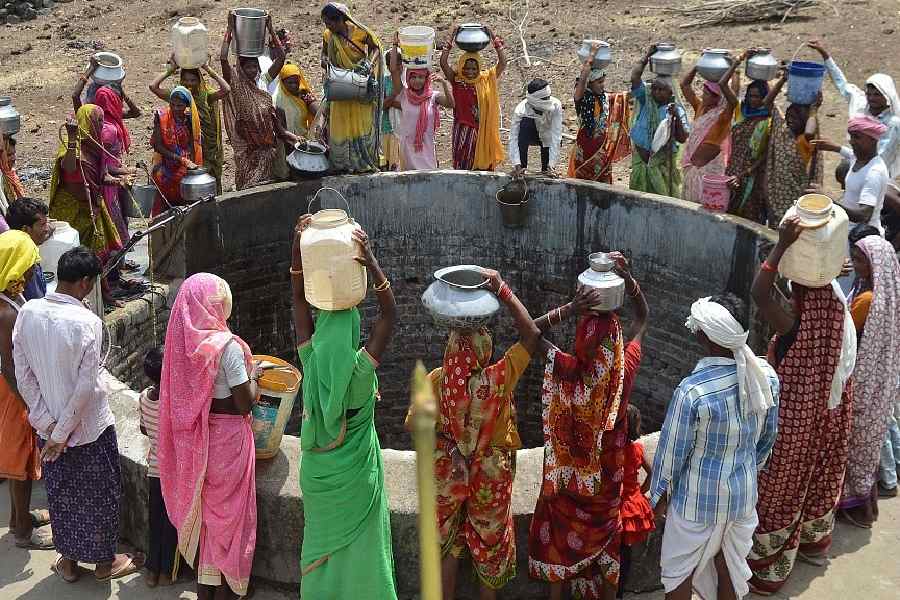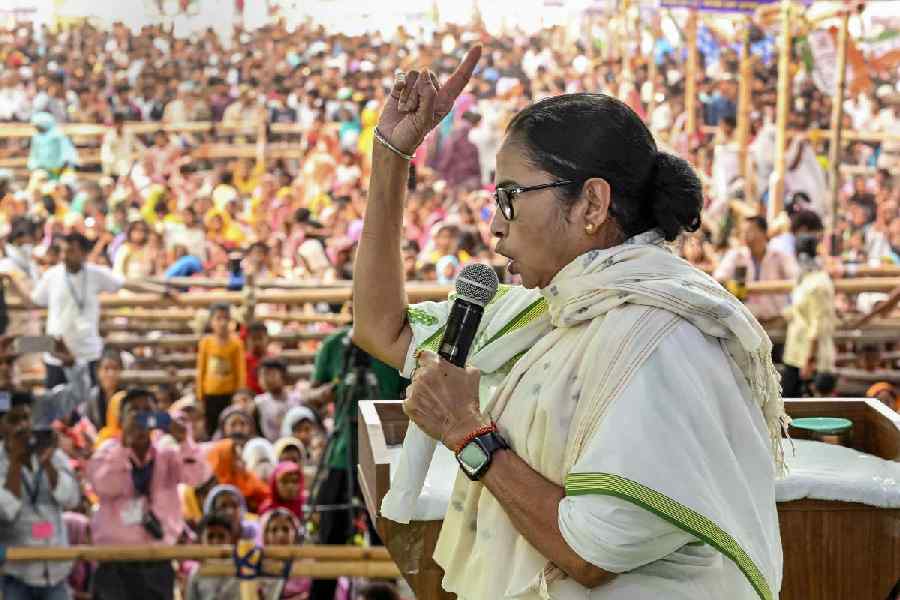Climate change, it is often assumed, is a great equaliser. This is because it is supposed to affect everyone equally — across geography, race, community, religion and creed. But is this inference foolproof? While extreme weather events have become a planetary phenomenon, some areas and constituencies seem to be more vulnerable than others. A recent report by the Adrienne Arsht-Rockefeller Foundation Resilience Center, a non-profit group based in the United States of America, unpacked the gendered dimension of heat waves. Titled The Scorching Divide, the groundbreaking study spanning the US, India and Nigeria has concluded that rising heat could kill 204,000 women annually in these countries. Lethal heat waves — several temperature records have been shattered globally this year — leave women doubly burdened: they are not only rendered physically vulnerable but are also disproportionately tasked with caring for affected family members. The financial implications of heat waves on women and men are equally revealing. According to the report, the escalating temperatures would extract an annual cost of $120 billion from women. If unpaid domestic work is to be accounted for, the financial losses for women due to heat waves would rise to 260%; the corresponding figure for men is 76%. This is discernible in the toll that heat is taking on women’s working hours. Indian women, for example, lose 47 minutes per day as a result of exceptionally high temperatures. There is also concern that women who have come out of poverty would be pushed back below the poverty line. The water crisis — another manifestation of climate change — has similar gender underpinnings. The poorest of women — those mostly employed in agricultural labour or others who walk the longest stretches to fetch drinking water — are expected to be the hardest hit. Again, intersecting discriminations would lead to deepening tensions and inequalities. Dalit and Adivasi women are more likely to be prevented from accessing community wells by the upper castes as the water crisis worsens.
Women account for one-half of the world’s population. The loss of their productivity on account of heat waves will dent the global economy and undermine their agency. There is an urgent need to align climate mitigation policies along gender lines. Recent global summits have been bogged down because of bickering among nation-states. Could increasing women’s representation in such deliberations unlock effective climate action?










